Traveling on land when you live on a boat has its challenges and learning curve. Fortunately, Pamela Douglas, a member of The Boat Galley team has over two decades of experience living car-free—both while cruising and living on land. These are her thoughts on ground transportation for cruisers.
When you move onto a boat and begin cruising, you may be surprised to find how much time you spend dealing with land transportation. Although many cruisers refer to their dinghy as their “car,” most grocery stores are not built on waterfront lots. You may need to pick up boat parts. Or get to an airport to visit family.
Cruiser’s nets are a great source of local information. You may even be able to bum a ride on someone else’s arrangements. But you’ll want to think ahead about the options to ask the best questions.
So what options are available for cruisers who need land transportation? And what are their pros and cons?
Ride Share
Although ubiquitous, ride-share apps are not always the best option for cruisers. But they are what new cruisers probably think of first. After all, we’re all used to saying, “There’s an app for that.”
Uber has the greatest presence offering rides in 90 countries. In some countries (where credit cards are less common) they allow riders to pay in cash. The ability to split fares between friends sharing a ride and offering different drop-off points for groups makes it a useful option if you meet up with other cruisers in a popular port.
In the United States, Lyft is the second most popular ride-sharing app, preferred by some for its nominally better emphasis on safety. But outside the United States and larger European cities, you’ll have to look for other ride-share options.
International cruisers may want to look into Careem in the Middle East and North Africa, Ola in Australia and New Zealand, and GoJek in Southeast Asia.
Ride Share Pros
- You know the cost in advance.
- It’s easy to request a ride via app.
Ride Share Cons
- Drivers can cancel rides (of particular concern for cruisers traveling with pets).
- Low availability in small towns and rural areas.
- Expensive.
Taxis
Taxi service is available throughout the world. In the United States, Europe, and economic powerhouse countries in Asia, taxis are highly regulated with fares posted. In less regulated countries, research the likely costs for a ride to a popular cruiser destination. Or ask a cab driver to estimate the fare and compare it to other drivers before you get in the car.
Taxi Pros
- In highly regulated countries, the dispatcher can help resolve problems during a ride.
- The dispatcher can also confirm a driver will accept pets before they arrive.
Taxi Cons
- Taxis are expensive.
- They are less available in remote areas in the United States (but they may be your best option in remote places elsewhere).
Public Transit
Public transit throughout Europe and the most economically advanced Asian countries is fabulous. It’s not as good in the United States outside of urban areas. However, some small American cities popular with cruisers (Annapolis, Charleston, etc.) have good bus service.
Small-town American public transit may be nearly invisible but is there. Often the local Walmart is where buses pick up and drop off passengers. Some public transit will pick you up off the usual route if you call to request a pickup. Since car culture dominates in the United States, it can be challenging to find this information if you’re not used to looking for it. Often the best source is someone waiting at a bus stop or calling the public transit agency directly.
You’ll find public transit options in most places but it will, in less economically developed countries, have its quirks. I was surprised, for example, to discover that even the main bus information center in Panama City offered no maps. Not even the people staffing the information booth had them. Luckily, a friendly person overhearing our questions put us on the bus we needed.
Public Transit Pros
- Experience local life.
- inexpensive.
Public Transit Cons
- Reliability varies.
- Requires mental flexibility, especially if you’ve always driven yourself.
Marina Loaner Car
If you have only berthed at marinas serving day sailors, you may be unaware that marinas that see a lot of cruiser traffic may offer a loaner car for slip holders. Usually, this is a free perk. Some marinas require borrowers to fill the tank if it slips below a certain level.
Marina policies change. Cars may be unavailable when they need repairs or get wrecked by other cruisers. If your plans depend on having access to a marina car, call ahead to make sure it will be there when you need it.
Note that some marinas also offer bikes to rent or borrow for free. Except for gas considerations, the pros and cons of marina bicycles are similar to those of cars.
Marina Loaner Car Pros
- Free transportation.
Marina Loaner Car Cons
- Cars are often in rough condition.
- Marina may place limits on how long you can borrow a car or how far you can drive.
- Not free if you wouldn’t normally pay for a slip.
- Ethical cruisers who follow the rules may buy more gas than those who skirt the rules and return cars nearly empty.
Car Rental
Any cruising grounds with a large tourist presence will offer rental car options. If you’re doing the Great Loop or spending time in the Atlantic Intracoastal Waterway (ICW), Enterprise is your best bet. They are available in many small towns of the American South and are most likely to offer pick-up service. I’ve had Enterprise staff pick me up and return me to boat yards up to an hour from their rental office. And had some amazing conversations with fascinating drivers.
Regardless of your preferred rental agency, join their loyalty program for discounts and special deals.
Another rental option is the app Turo which you’ll find mostly in urban areas. Borrow cars from individual owners through the app.
Rental Car Pros
- You have total independence once you get the car.
- Some offer pick up and drop off service.
- Know the cost in advance.
- Rent through an app.
Rental Car Cons
- Expensive for short-term use.
- The Owner can cancel your reservation with limited notice (Turo).
Rides from Strangers
This is a broad category covering hitchhiking, town outreach programs, and offers from friends of cruisers.
Yes, I know hitchhiking isn’t within everyone’s comfort zone. I have given and accepted rides and always had a good experience. In small, American southern towns with a large sailing presence, you’ll often find people offering rides when they see you with a backpack or wagon.
I’ll never forget the distress of a woman who stopped for me in Deltaville, Virginia when I was halfway back to the boatyard from a provisioning trip. She apologized profusely because I had walked so far without someone offering me a ride. As she explained, “We always give rides to cruisers.”
Ask other cruisers about volunteers or cruiser outreach programs in small towns. Sometimes the chamber of commerce or tourism office offers rides for anchored cruisers to local grocery stores. I’ll refrain from giving specifics since these things change quickly. But it’s worth asking fellow cruisers or asking local tourism officials. This will also be where you can find out about cheap or free shuttles some communities run for tourists in the summer.
Finally, some friendly volunteers offer help to visiting cruisers. Sometimes they are CLODs (former cruisers living on dirt), wannabe cruisers, or wonderfully helpful people. You may find business cards or posters at free docks or find offers to help in cruising groups on social media.
If you’re nervous about getting in a car with a stranger, take advantage of your phone. Snap a picture of the license plate before getting in and text it to a friend.
Rides with Strangers Pros
- Meet interesting people.
- Don’t have to plan ahead.
Rides with Strangers Cons
- Some risk.
- Uncomfortable if you don’t enjoy making small talk with people you don’t know.
Using Transportation You Keep Aboard
Depending on the size of your boat, you may be able to keep your own transportation on board. Electric scooters and bicycles are more commonly available. Folding bikes are always popular with people who live on boats. I even met a cruiser who tied his motorcycle down on the stern of his center cockpit Hallberg-Rassy. It must have taken a lot to maintain in the saltwater atmosphere. But he found it worthwhile.
Keeping your ride aboard gives you independence. Folding vehicles can even be combined with ride shares, car rentals, and even public transportation.
Portable Personal Transportation Pros
- Travel on your own schedule.
- You may maintain them to keep them in good shape.
Portable Personal Transportation Cons
- Storage is an issue.
- Doesn’t necessarily give you more storage space for provisions.
- Hard to find secure places to lock them.
Walking
Next to riding with a stranger, walking is my favorite form of transportation. It’s good exercise and enjoyable. But, the United States is not kind to pedestrians in rural areas. You may find yourself walking along busy rural roads without shoulders. And unless you’re in a built-up area with sidewalks, a cart or wagon may be more hindrance than help.
Backpacks are more reliable. But you can only buy what you can carry. I sometimes wore two backpacks, one on my front and one on my back.
It also helps to decide in advance how far you feel comfortable walking. A provisioning trip of three miles in each direction along a busy road may be more arduous than a pleasant, wooded hike twice the distance. My guidelines when cruising on Meander was that I would walk three miles each way for necessities, like provisions or boat parts. But I’d walk six miles each way for fun–to visit a lovely dog beach or enjoy a good meal.
Walking Pros
- Good exercise.
- See more of the countryside.
Walking Cons
- Difficult for provisioning.
- Weather is a factor.
- You go through shoes much faster.
Other Considerations – If You Already Own a Car
If you set off cruising and own a car, you may be tempted to hang on to it. After all, cars are expensive to replace when you stop cruising. And you already own it.
I can’t tell you what to do. But here are some considerations.
If you own a car, will you have to pay for storage? Factor that into your monthly costs. And keep in mind that cars depreciate, whether you drive them or not.
Cars can also deteriorate if not driven, especially in harsh climates (hot or cold).
Finally, if your car is stored far from your cruising grounds, you have to pay for transportation to get back to it. Would it be cheaper just to rent another vehicle when you need one?
Getting Around When Cruising with Pets
If you’re cruising with pets, land transportation may bring additional challenges. So here are some tips for managing different options when you travel with furry family members.
Rental Cars
Some rental car agencies set national pet policies. Others vary in individual locations. Call ahead to know for sure.
Please note that even when a company’s national headquarters says they are pet friendly, that doesn’t mean you won’t find a big sign at a rental desk telling you pets aren’t allowed.
In decades of renting cars with dogs, I’ve never been penalized for having a pet in a car. It’s because I always return the vehicle clean.
My go-to method is to put a sheet over the back seat. You can also buy special covers (Amazon). I confine my dog in the back (which is safer anyway). And I clean the car before returning it. I’ve tried many methods but have found using strips of packing tape around my hand to pick up fur is the easiest method. If you do a good job covering the car with a sheet, you won’t have much to clean with the tape.
Ride Share
Uber and Lyft leave it up to individual drivers to decide if they will allow pets in their cars. It can be frustrating to have a driver arrive at your location and refuse to take your pet. So here are some tips to help.
- Contact the driver through the app to let them know you have a pet.
- Bring a way to protect their car with you—have your pet in a carrier, or bring a towel or sheet if you’re traveling with a larger pet.
- Tip well.
- Leave good reviews, mentioning that you were traveling with a pet.
I personally find taxis easier for traveling with pets than ride shares. Let the dispatcher know you’re traveling with a pet and they’ll inform the driver so you don’t have to worry about them turning you down at the last minute.
Public Transit with Pets
Most public transit systems in the United States accept small pets in carriers on your lap. As of the date of this post, only Seattle and Boston allow larger dogs. But it’s up to the operator’s discretion and never during rush hour.
Much of Europe’s public transit is pet-friendly with conditions. Some countries do require dogs to be muzzled to ride.
Getting Around on Land When You Live on a Boat
Do you see many options you have for traveling once you get off the boat? Possibly more than you expected if you’re always driven yourself.
For me, one of the great joys of cruising (and travel in general) is meeting local people and exploring what it’s like to live in a new place. And taking advantage of a variety of land transportation options is one piece of that adventure.
Fellow cruisers are a rich source of information. Ask questions. Share what you’ve learned. And maybe you’ll find some fun new ways of getting around off the boat.
Did I miss your favorite way of getting around on land while cruising? If so, share in the comments.

Pamela Douglas cruised with her golden retriever, Honey, in the Atlantic Intracoastal Waterway and Chesapeake and Delaware Bays aboard a Pacific Seacraft 34. She is a member of The Boat Galley team and developed our Cruising With Your Dogcourse. You can also find her favorite Atlantic coast destinations and other information about dogs at Something Wagging This Way Comes.

Quickly find anchorages, services, bridges, and more with our topic-focused, easy-to-use waterproof guides. Covering the ICW, Bahamas, Florida, and Chesapeake.
Explore All Guides
Flatten the learning curve with practical how-to info that gives you the confidence to step into life aboard.
Start Learning Today
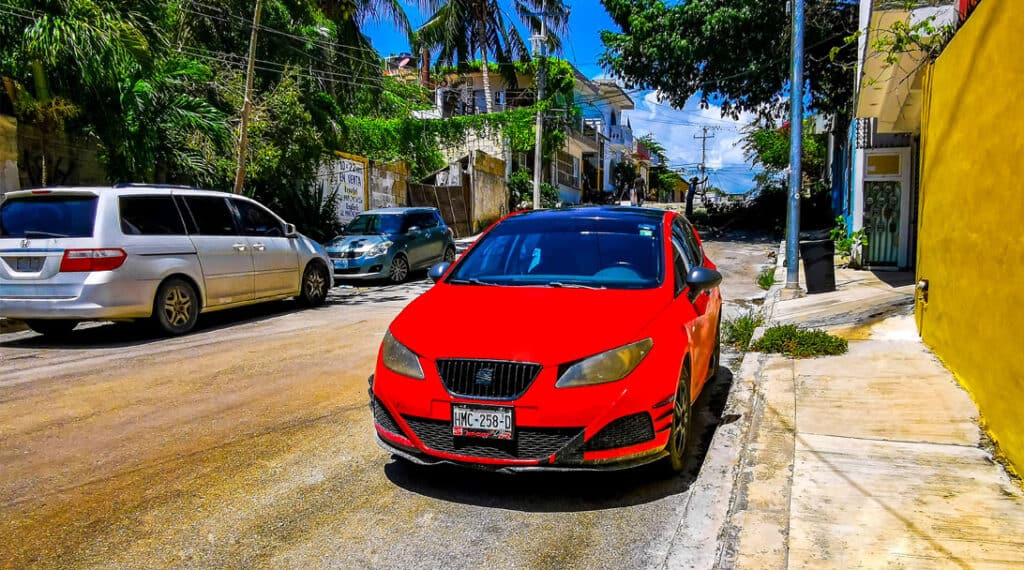
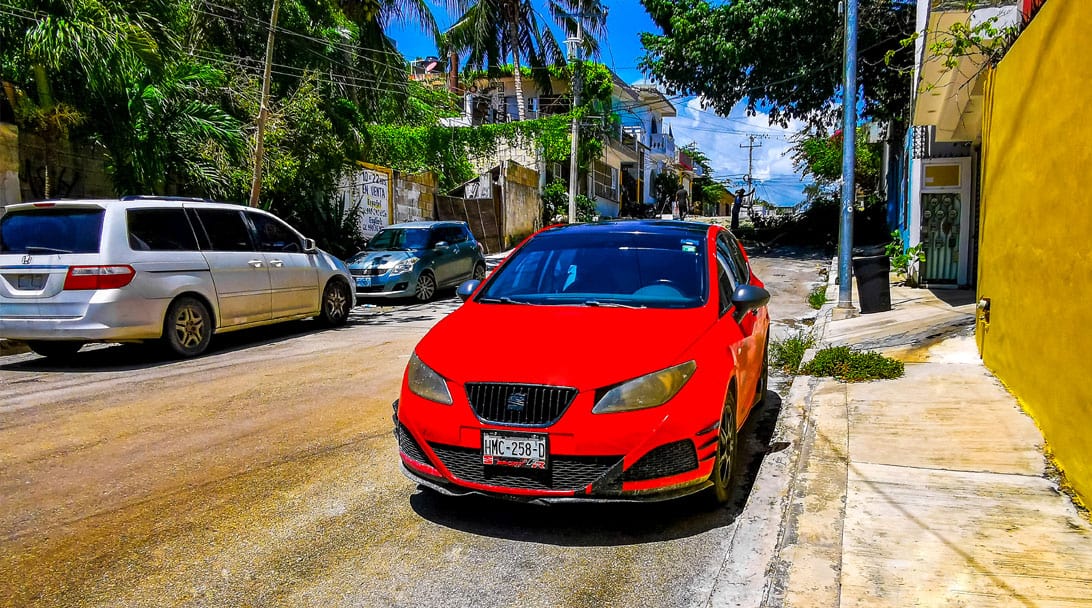



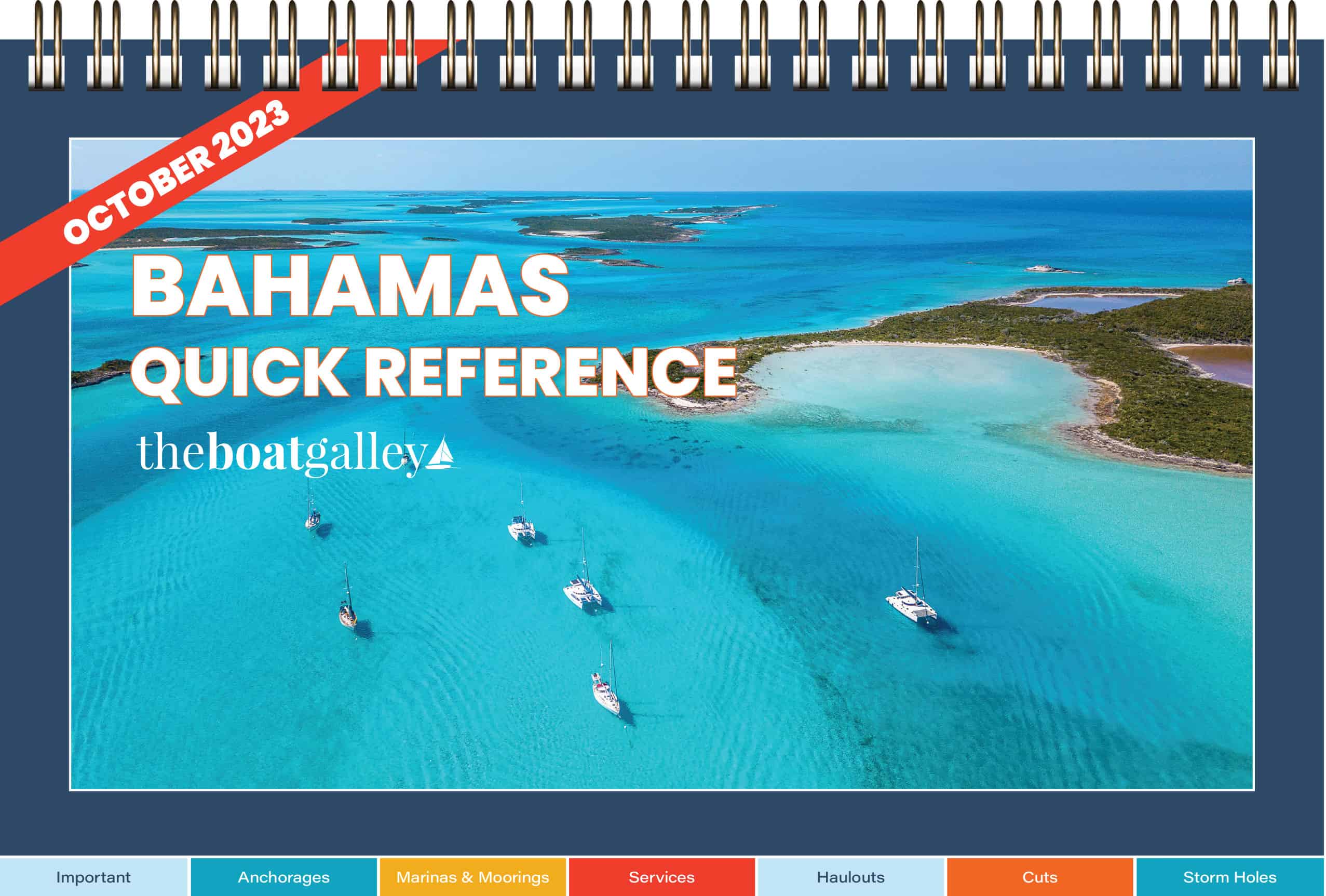
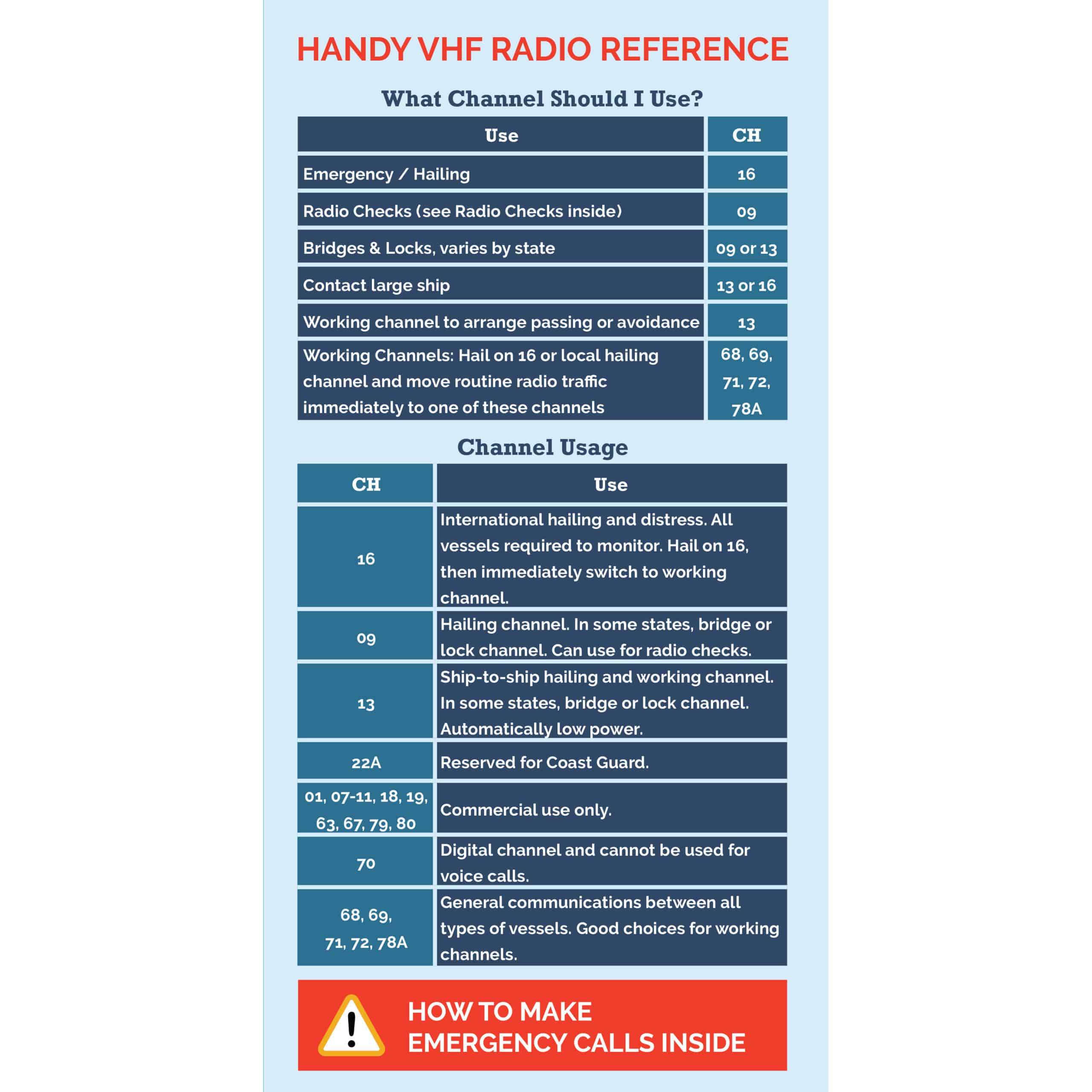


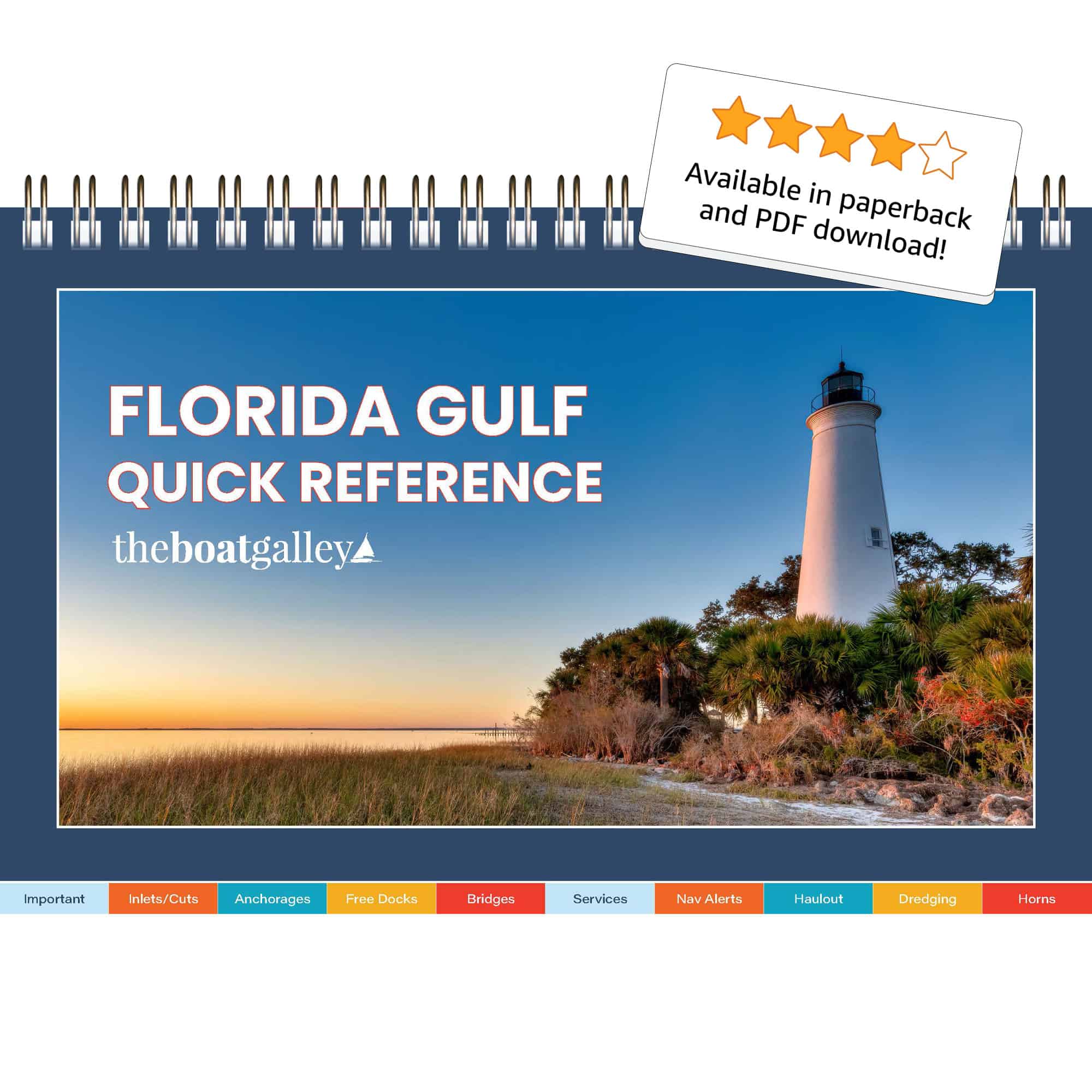
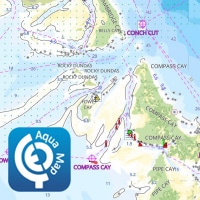
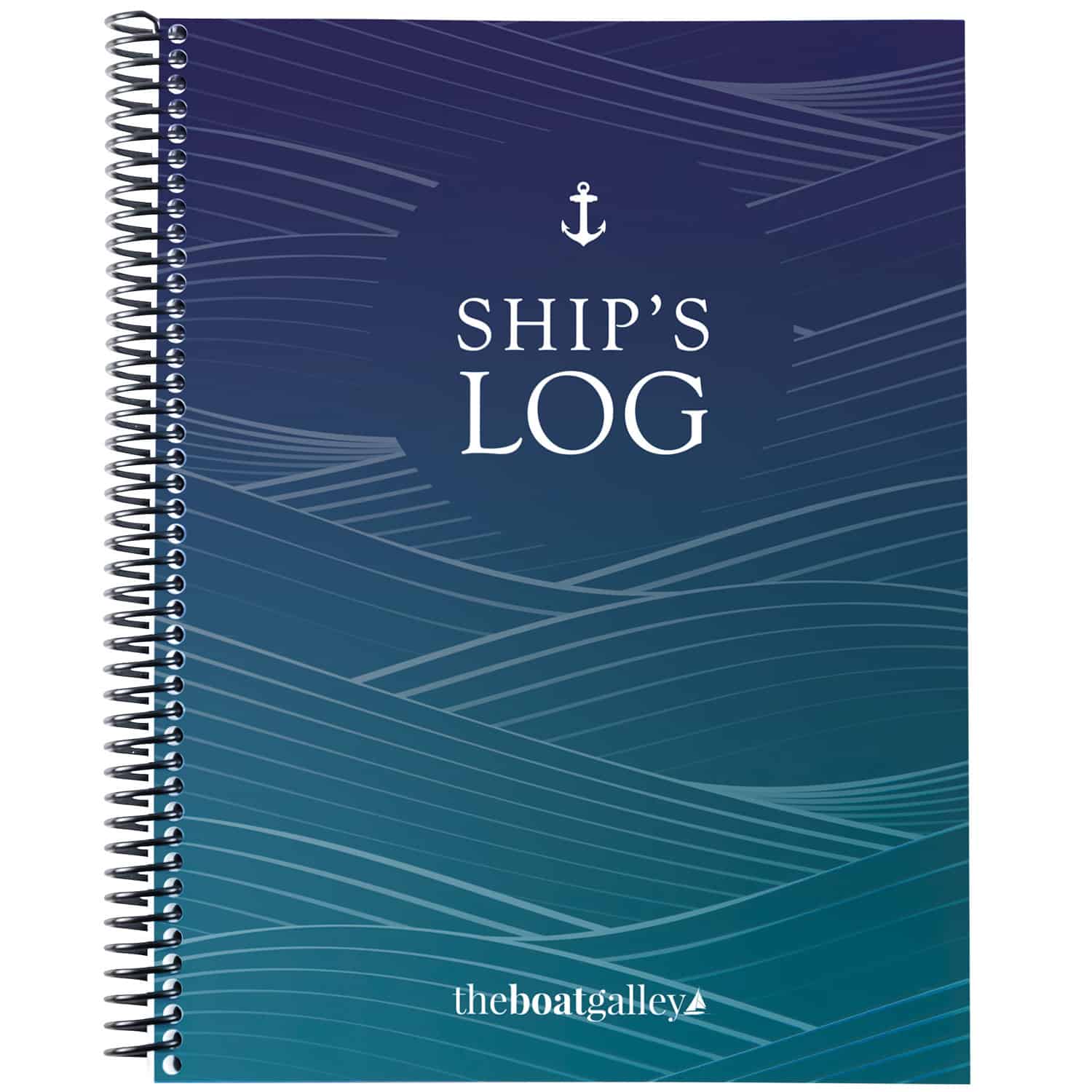






Gary William Max says
In the personal transportation category, I have abandoned our folding electric bikes for an electric scooter. Harder to do a full provisioning run, but with 24 mile range and the ability to fold and carry on busses and trains, you get tremendous range, in a very easy to store package in almost any size boat. With the coiled cable lock I also dinghy, it can be safely left almost anywhere while traveling.
Pamela Douglas says
The range (and weight) for electric transportation has gotten crazy good. You must have gained a lot of room onboard when you swapped the bikes for scooters.